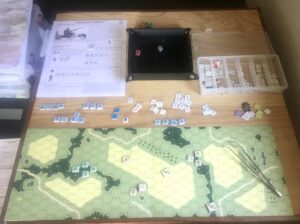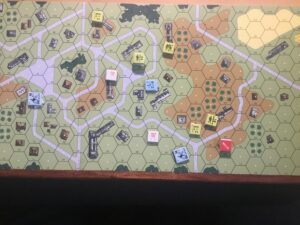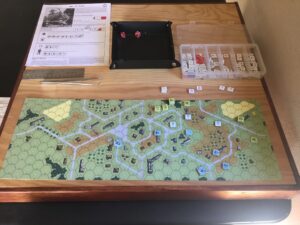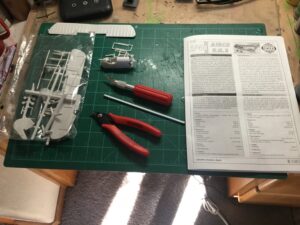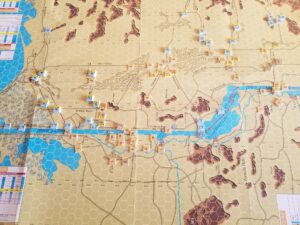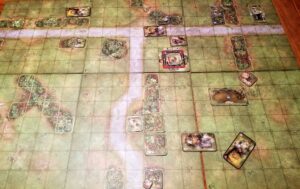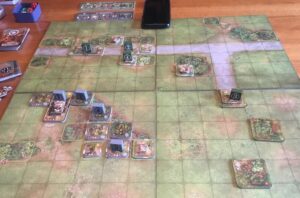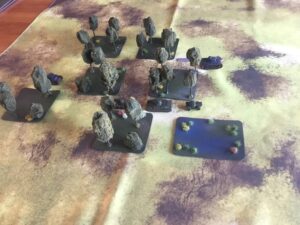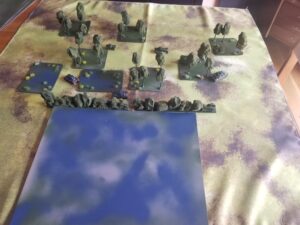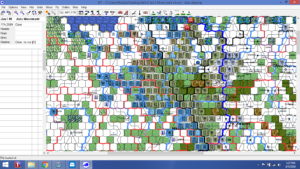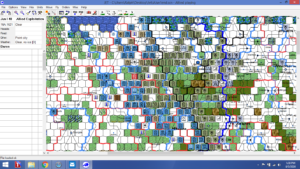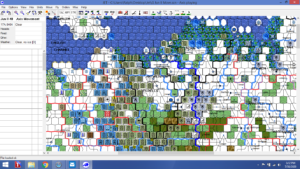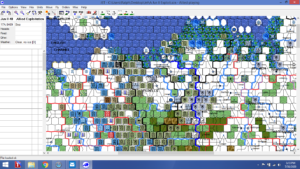Getting close to covering all household horizontal surfaces with wargame related items.
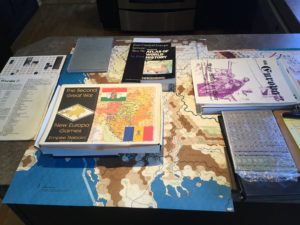
Europa Purists may not want to read any further.
The is the resource hodge podge assembled for my latest foray into out of kilter Europa scenarios, following in the steps of Fall Gertrude and the “Switzerland Must Be Swallowed” scenario pre-dating this blog.
As with any catastrophe, this one has several causes. They are, in no particular order, an email exchange with Tim Davis, the publisher of Fall Grun and Empire Reborn, a chance encounter with The Europa Magazine (TEM) #57, and glance at my copy of East Central Europe Between The Two World Wars.
Empire Reborn posits a Romanian-Hungarian conflict in the wake of the Munich Pact. TEM #57 contains a Macedonian War scenario developed by Frank Watson, portraying a 1940 Bulgarian invasion of Yugoslavia.
Both scenarios are based on ethnic/cultural/geographic grievances which (although centuries old) were the immediate products of the Balkan Wars and World War I. It is a long and twisted story resulting – as best I can figure – in the following.
Hungary wanted to regain Transylvania from Roumania, and the Backa and Prekmurje regions from newly created Yugoslavia. Bulgaria wanted much,if not all, of Macedonia from Yugoslavia, and to regain Dobruja from Roumania.
Hungarian revanchism was a result of the Treaty of Trianon (1920), which stripped the country of land, ethnic Hungarians and resources. This desire to regain what was lost led to the creation of the Little Entente between Czechoslovakia, Yugoslovia and Roumania.
Greece, Turkey, Roumania and Yugoslavia reacted to Bulgaria’s territorial grievances by signing the Balkan Pact (1934). The Pact was intended to maintain the region’s territorial status quo and peacefully solve any differences.
So, I am now ready to begin what Mr. Watson characterized as “wandering in the Balkan darkness….” in explaining why he limited the scope of his Macedonian scenario.
I will, however, take his guidance and set my scenario in 1940, as “(it) provides a convenient way to do away with great power meddling.”
The shortest distance between two points is to assume a Hungarian and Bulgarian alliance (whatever form that might take) aimed at Yugoslavia and Roumania, all that was left of the Little Entente.
Most available order of battle information begins in 1941, but there are enough fragmentary sources to take a pretty good guess at 1940. In each case, the combatants were modernizing and reorganizing their armed forces.
What the hell….it’s worth a try.
